What to do when visiting Lyon? Fourvière Hill, praying hill, is a great place to start. Here are the points of interest and brief description of their respective history.
Montée
The area is famous for its slopes known as montée. So instead of taking the public transport, I walked from Vieux Lyon (old town).
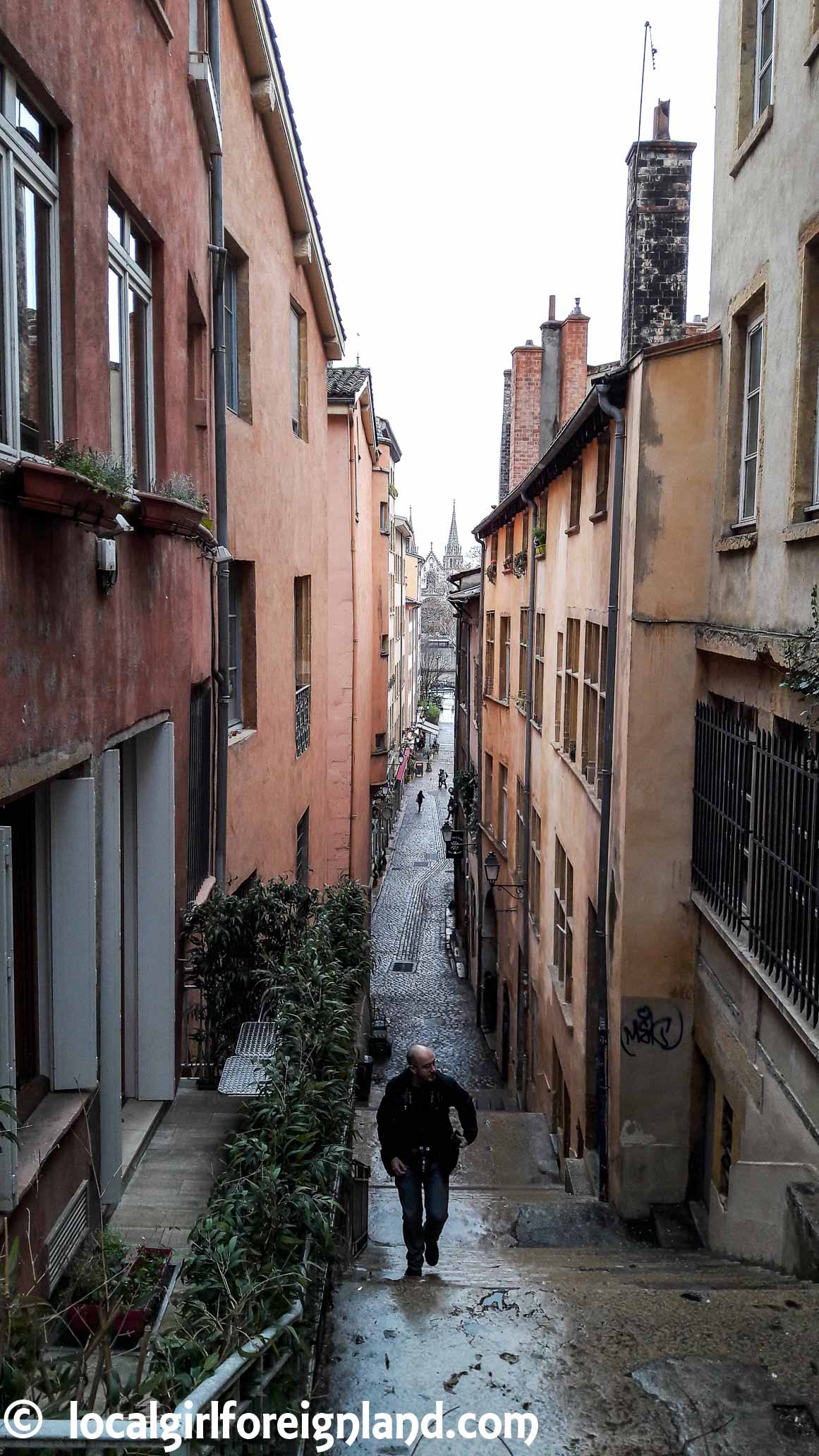
The walk was 1.1km, per google it’s a 20min walk. But hey, I took lots of photos, so it turned into an 1 hour stroll. In case you’re interested in doing this too, the longest staircase route is Montée des Carmes-Déchaussées, 798 steps (technically, it’s 2 montée in one, because half way it joins up with Montée Nicolas de Lange)
Please note that it is possible to go up to Fourvière Hil with a bus or funiclar from Vieux Lyon metro station.
Here are some photos of what was spotted between the old town and up the hill. I particularly liked the golden roses path. It made me felt like a pilgrim 😛
**Click on photos to view the caption. Remember to always look back 😉
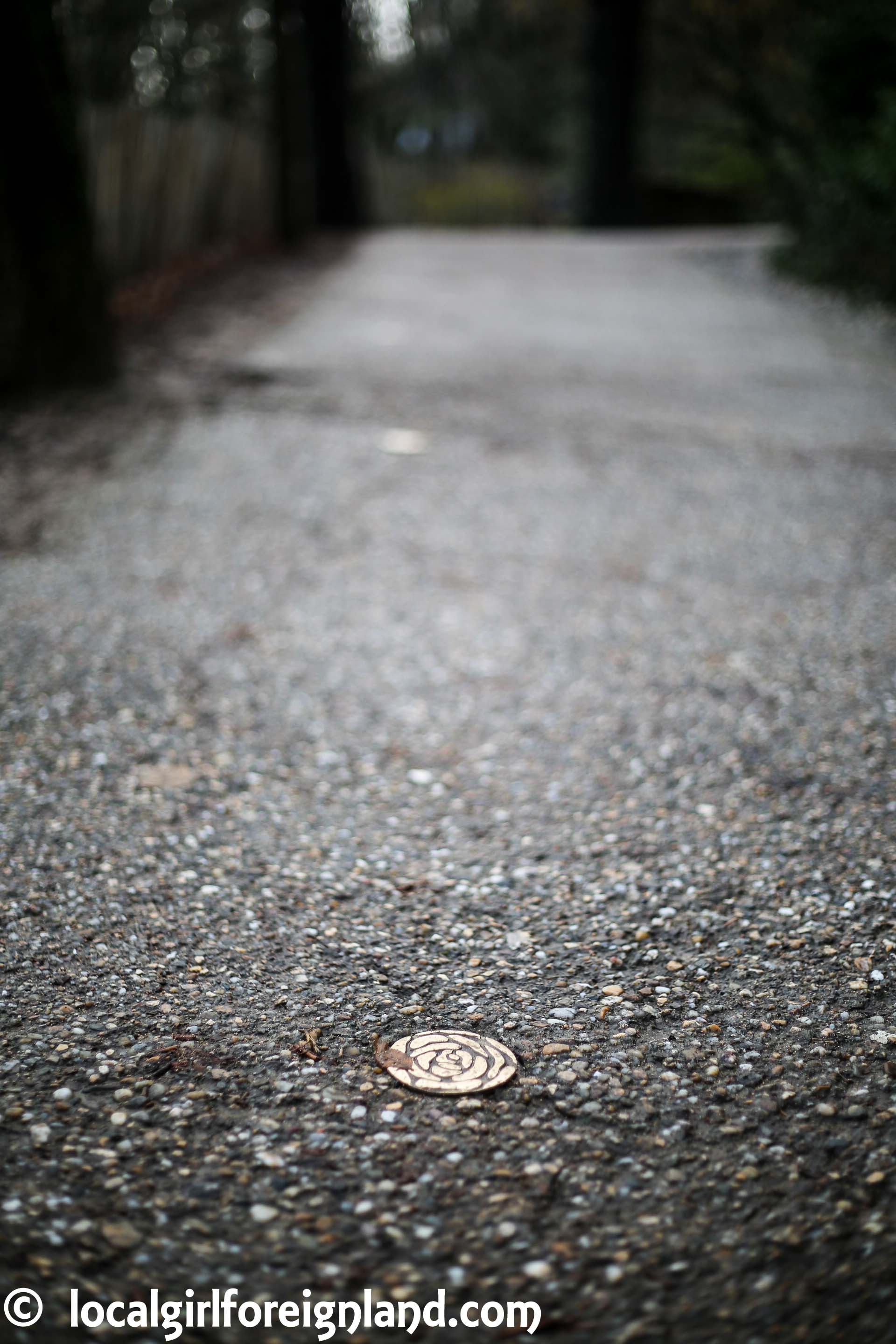
Once reached the top of the hill, you’ll spot some binoculars and a bunch of selfie taking people LOL I didn’t have my wide angle lens on me, but here’s the view on a cloudy, winter’s day. My photo really does not do it justice.
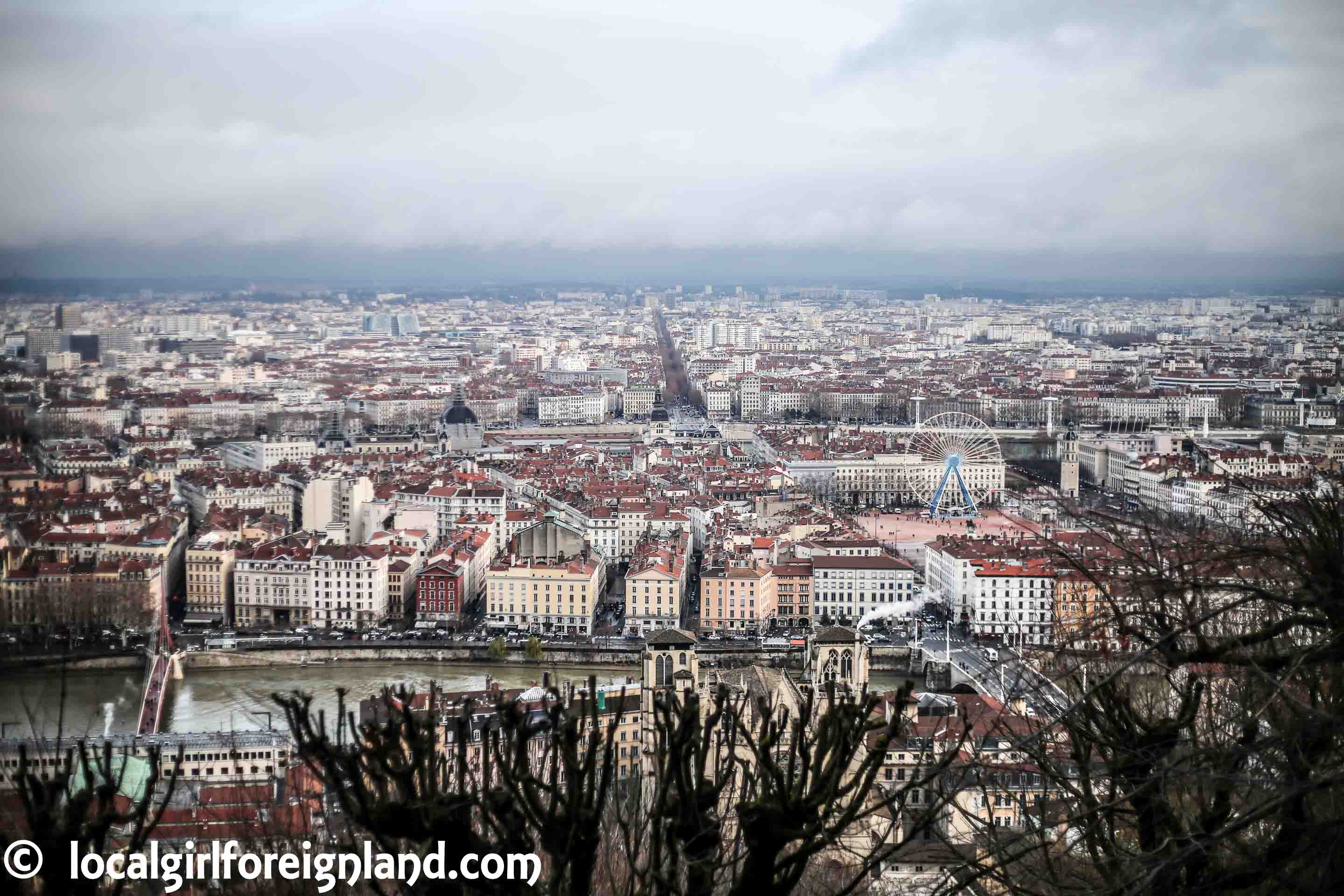
- I think I was shivering quite a bit. Lot of my photos were off focus. It was a cold, cold day.
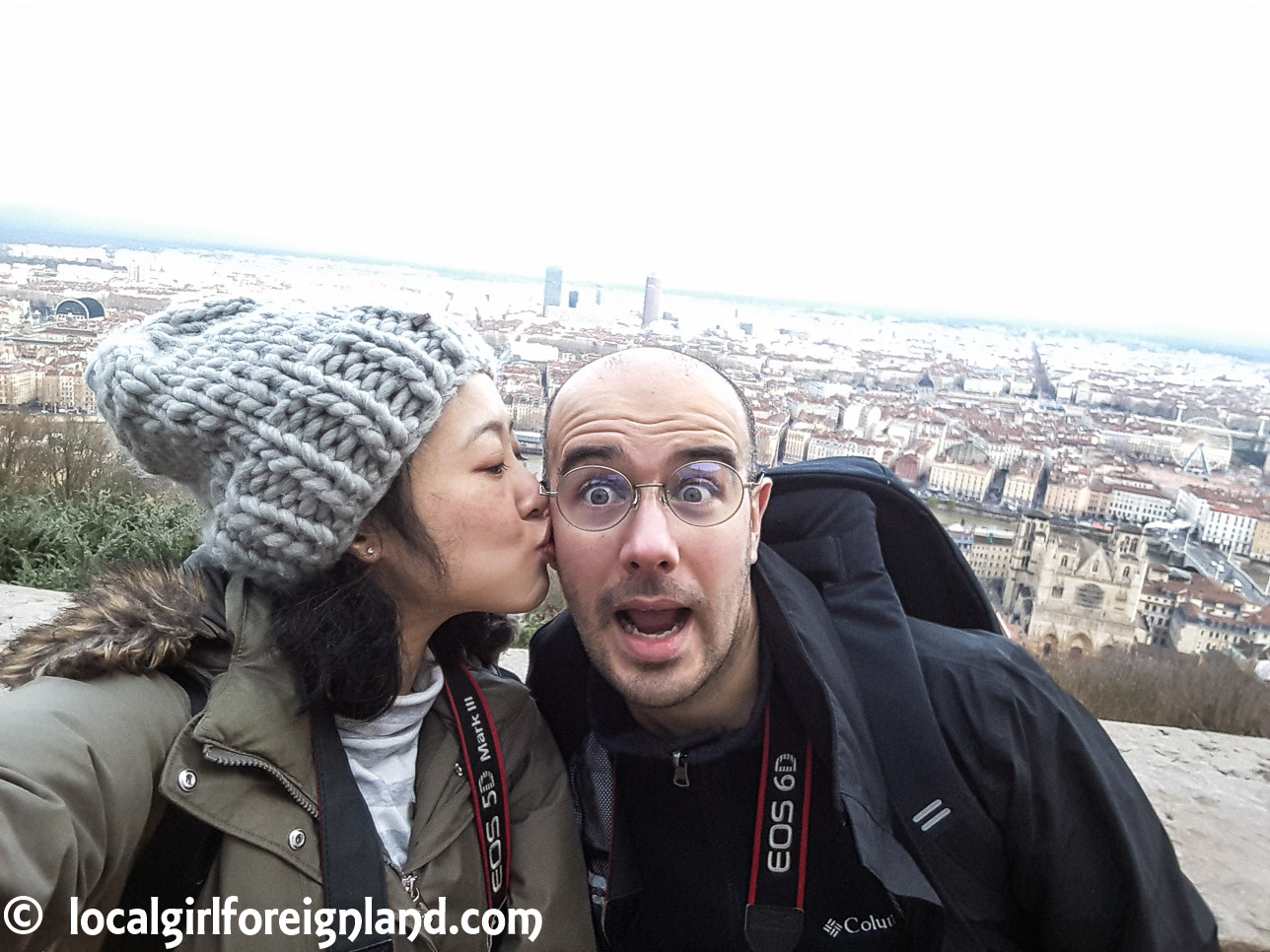
La Basilique Notre Dame de Fourvière
8 Place de Fourvière, Lyon 69005
Free entry.
UNESCO world heritage site
Architecture style: Romanesque and Byzantine Basilique de Fourvière is a gorgeous sanctuary on top of the hill. It was consecrated on 16th June 1896 (building began 1872). The opulent Byzantine interior design gave this cathedral a highly unusual look. The amount of mosaic that’s going on alone makes it worthy of a visit.
Basilique de Fourvière is a gorgeous sanctuary on top of the hill. It was consecrated on 16th June 1896 (building began 1872). The opulent Byzantine interior design gave this cathedral a highly unusual look. The amount of mosaic that’s going on alone makes it worthy of a visit.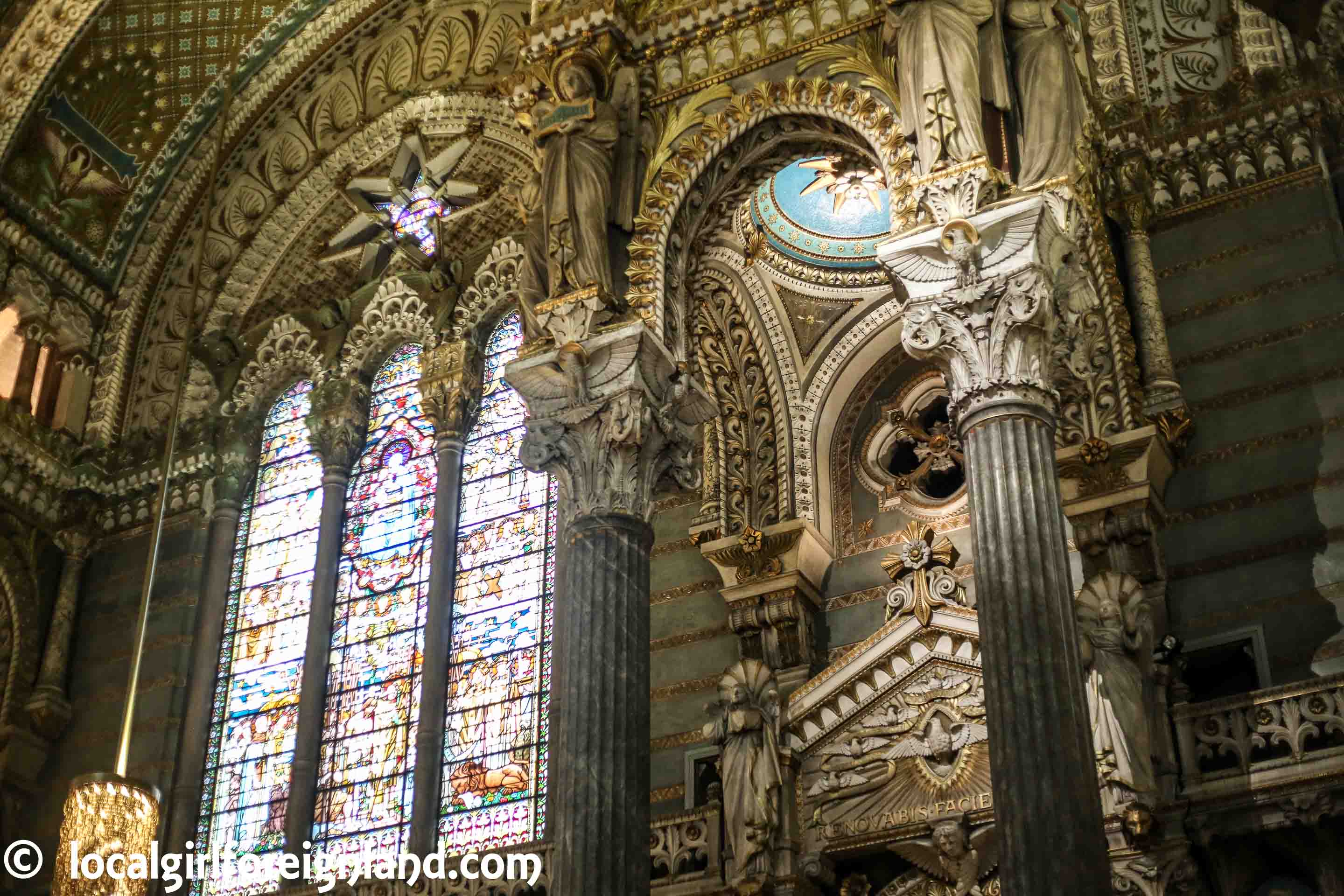 The late pope, John Paul II, has visited this cathedral in 1986. During his visit, he attracted 1 million people to the streets of Lyon. To put things in perspective, Lyon has a population of 1.7m in year 2017. Can you imagine the chaos back in 1986?
The late pope, John Paul II, has visited this cathedral in 1986. During his visit, he attracted 1 million people to the streets of Lyon. To put things in perspective, Lyon has a population of 1.7m in year 2017. Can you imagine the chaos back in 1986?
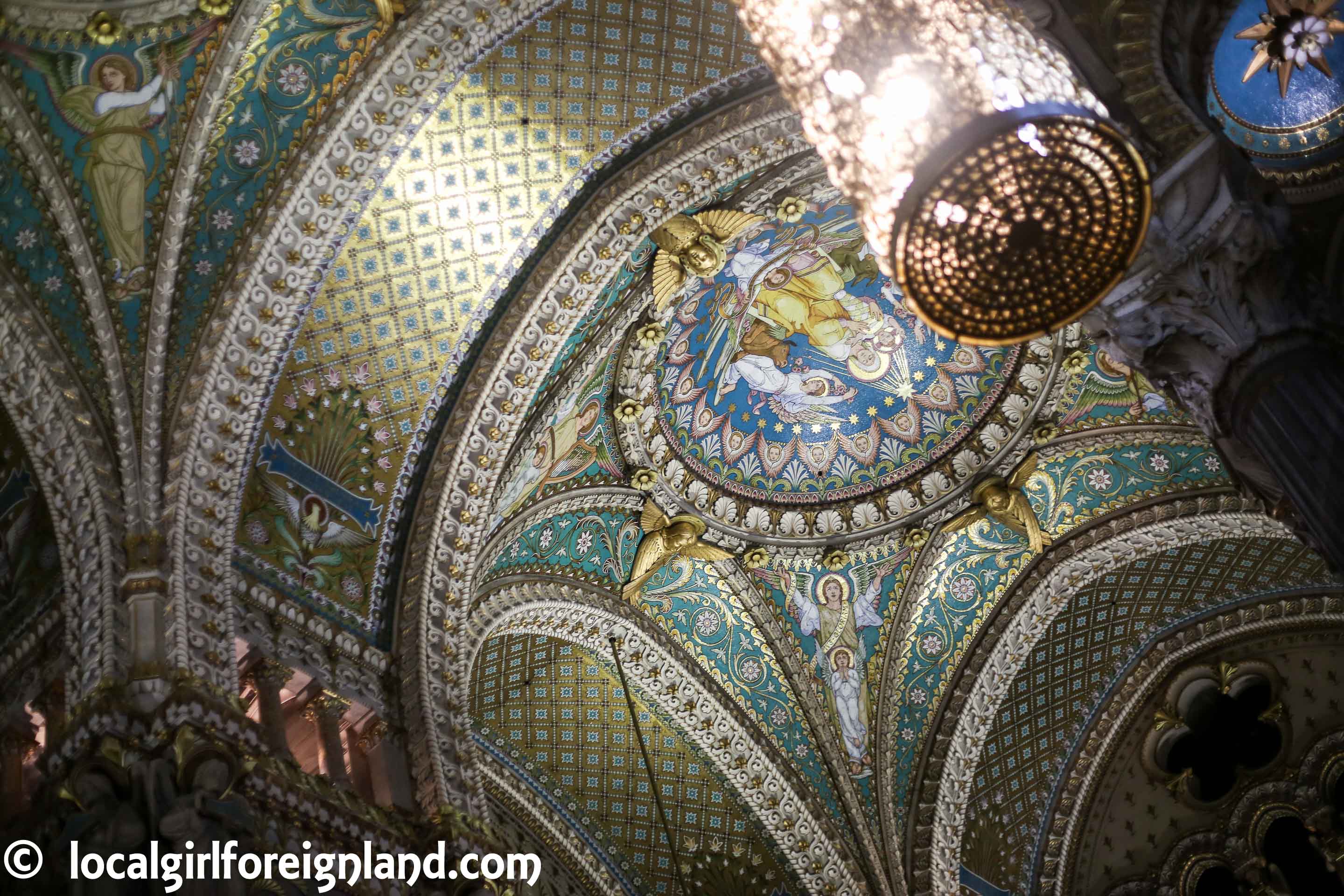
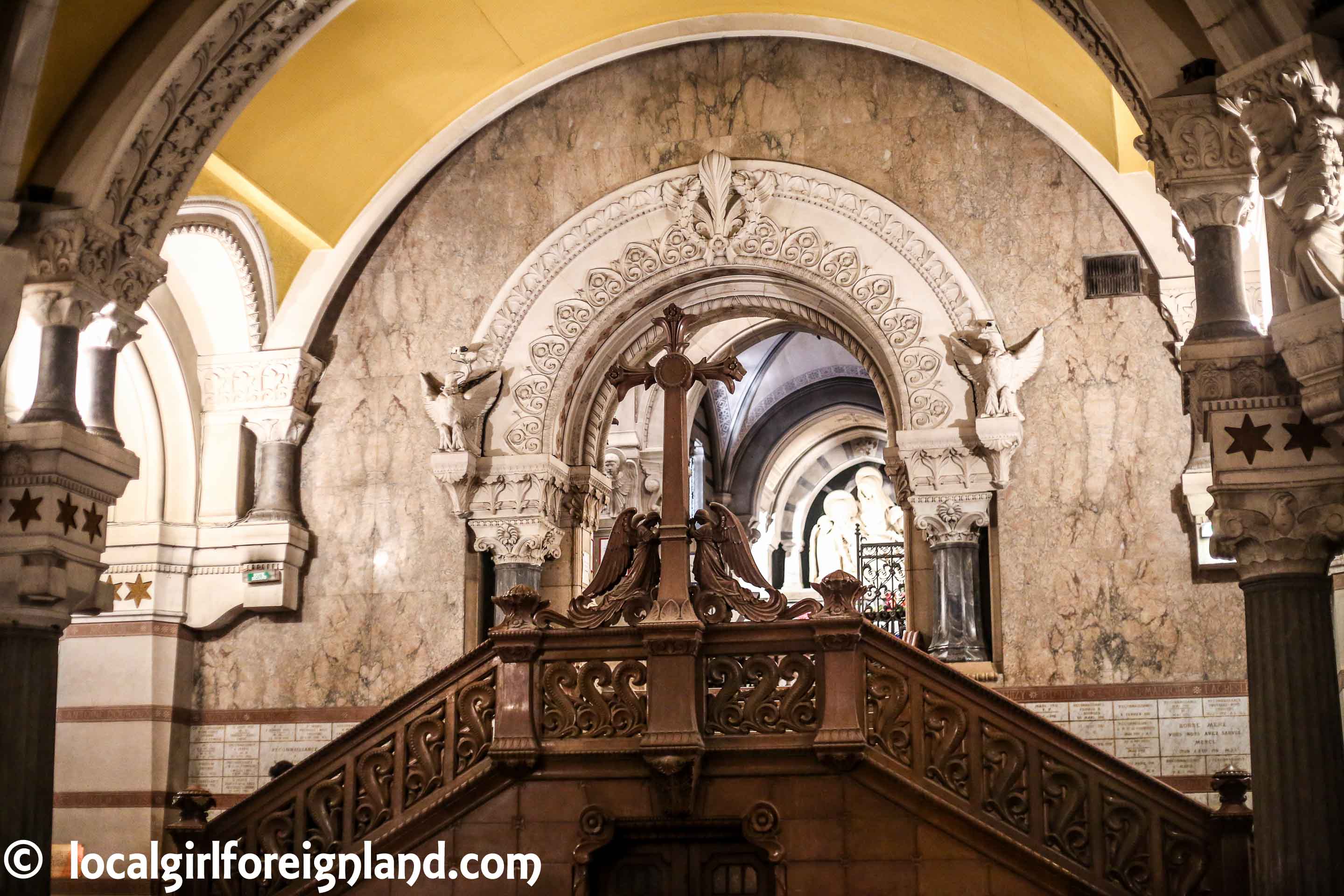
- There’s a church within the church. This photo was taken under the cathedral. The crypt was huge. Half the room alone housed +/-400 single chairs!
Ancient Theater of Fourvière
17 Rue Cléberg, Lyon 69005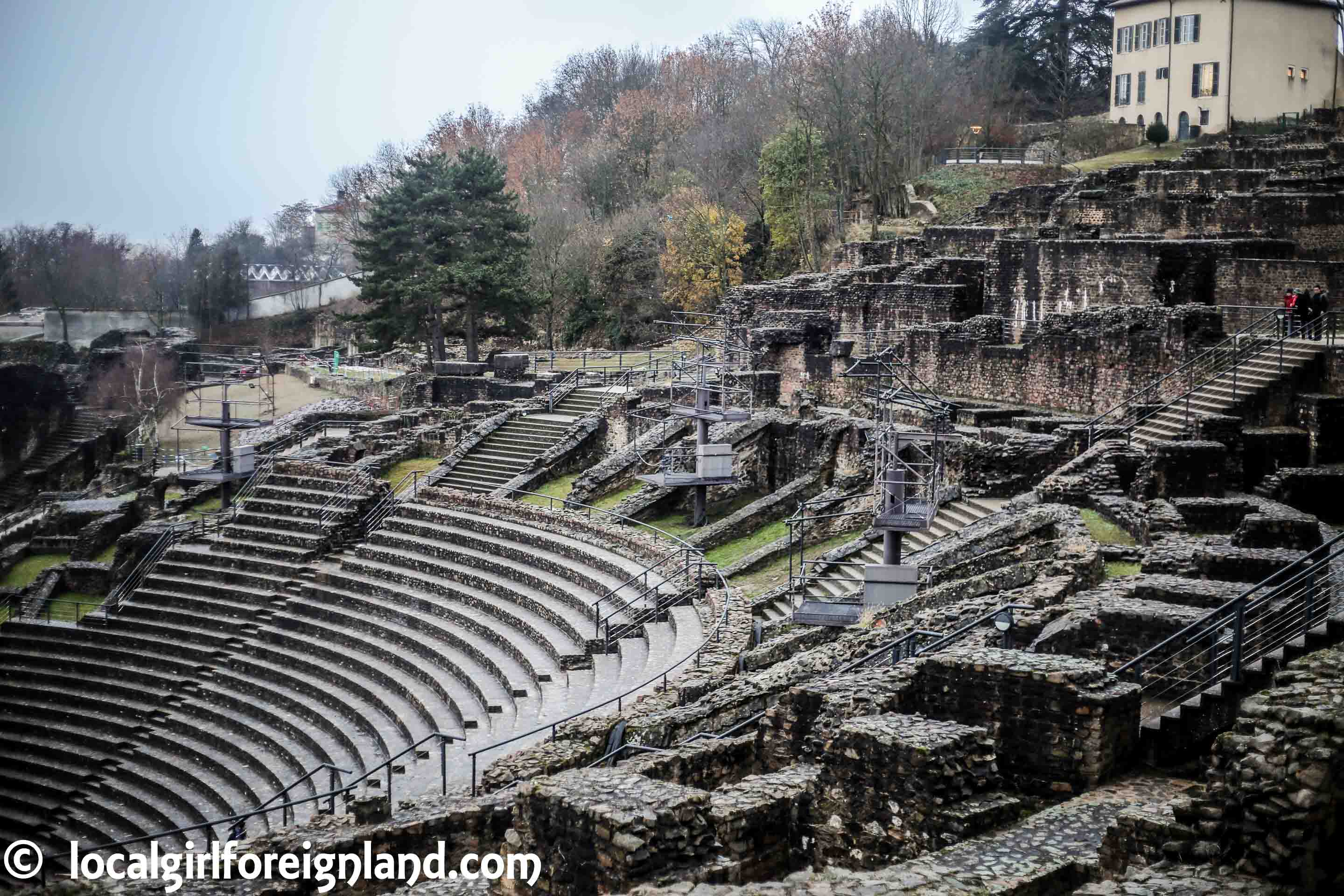
Free entry.
Lyon was founded in 43BC by the Romans. Lyon was France earliest Roman capital. Anyone as surprised as me? Back then Lyon was called Lugdunum. Anyways, the “ruin” is now used for an annual event called Les Nuits de Fourvière. This summer art/music festival has been around since 1946 with 100k+ people showing up for this festival.
Has anyone been? How was it?
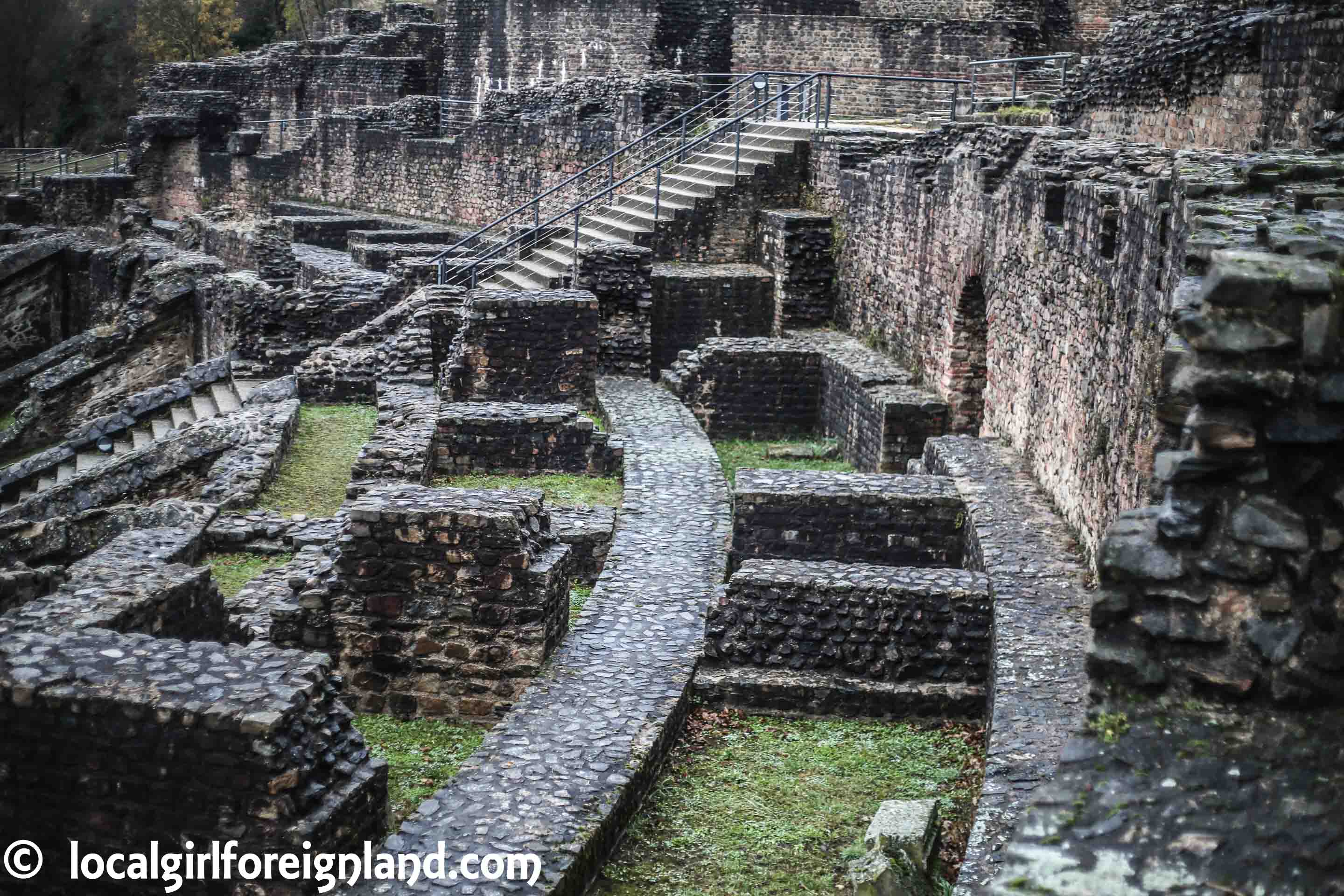
Museum of Gallo-Roman Civilisation
17 Rue Cléberg, Lyon 69005
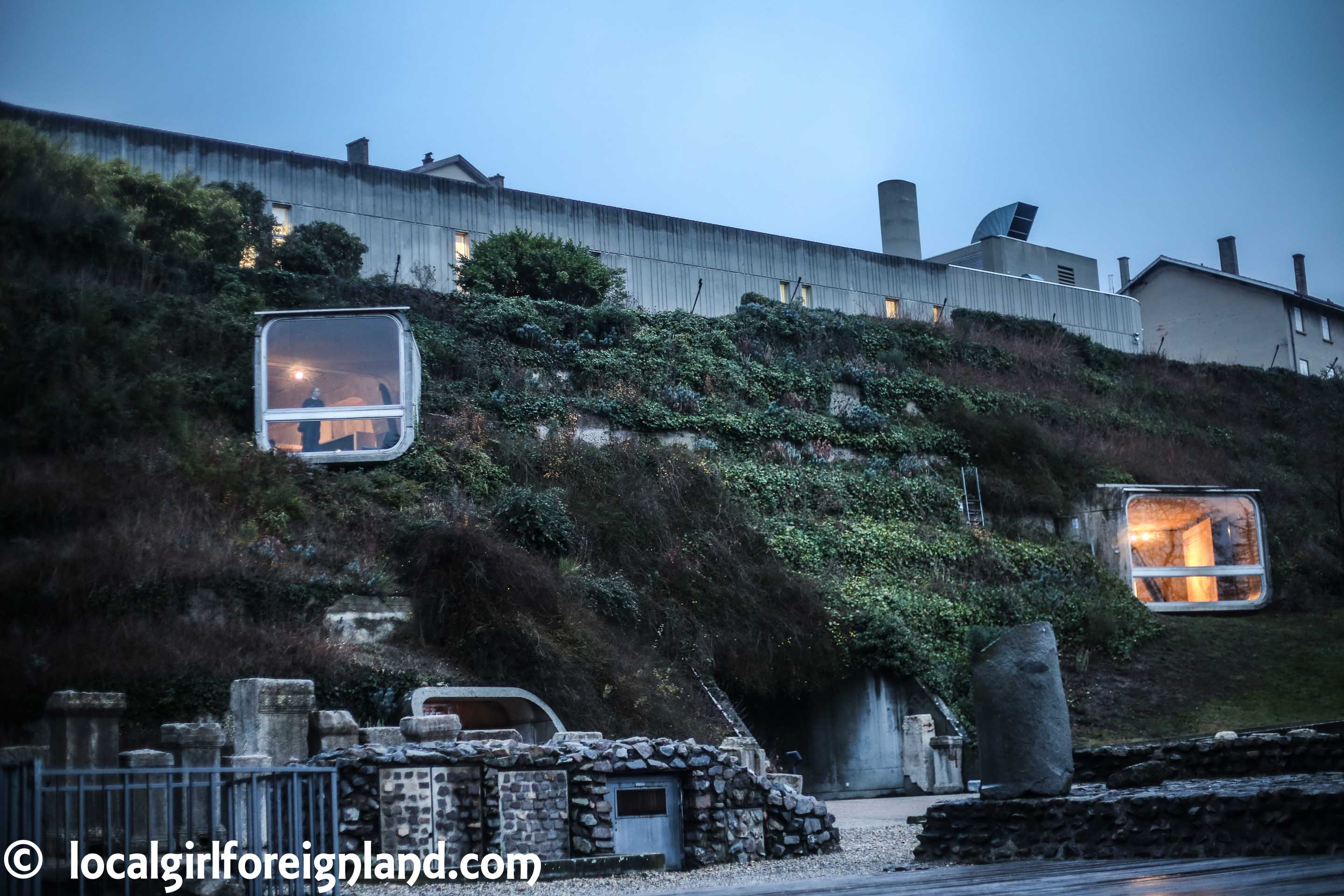
- Yup, this museum is inside a hill.
This museum is next to the ruins. I did not visit this museum myself. I cannot comment on the exhibition quality. I mention this because it is next door to the ruins and it only make sense to make this part of the itinerary if you’re already heading this way.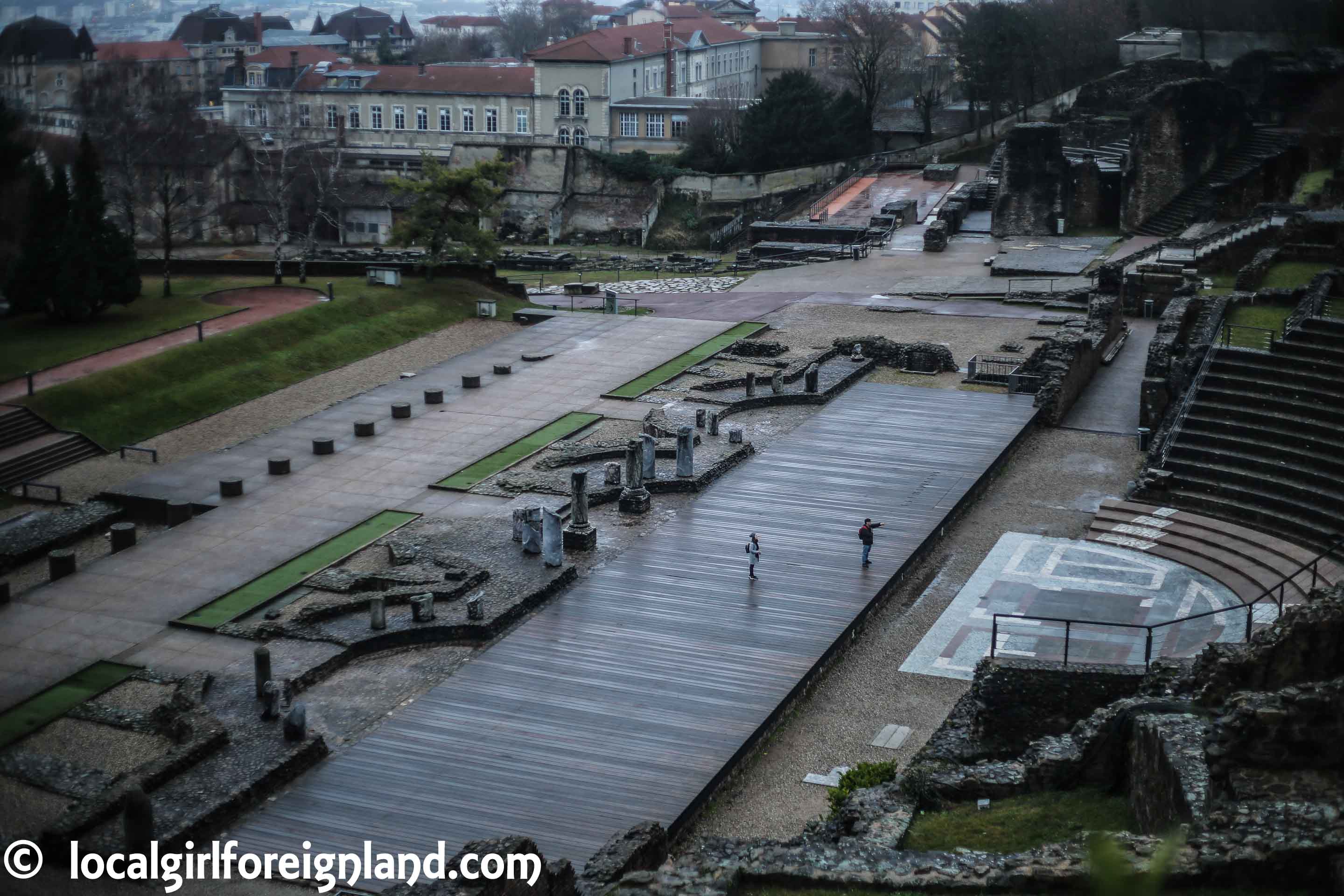 EUR 7 / adult. Please visit their official site for the most updated price and opening hours: http://www.museegalloromain.grandlyon.com/Lyon-Fourviere/Infos-pratiques
EUR 7 / adult. Please visit their official site for the most updated price and opening hours: http://www.museegalloromain.grandlyon.com/Lyon-Fourviere/Infos-pratiques
Crowd expectation
Over 2 million people visit Fourvière hill every year. It is nothing crazy like Notre Dame de Paris 13+ millions visitors per year.
Historical information source
http://www.fourviere.org/en/history-visits/history/site-construction/
http://www.patrimoine-lyon.org/colline-de-fourviere/fourviere/basilique
Camera: Canon 5D mark 3, lens EF 50mm 1.8, Samsung A5

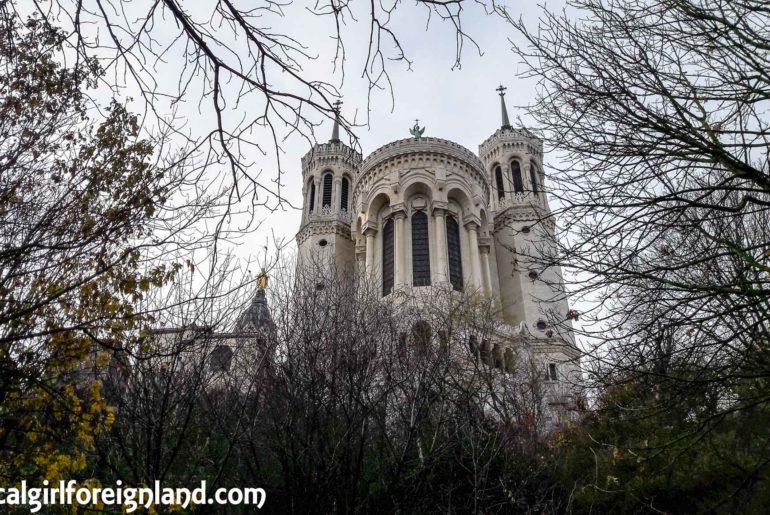
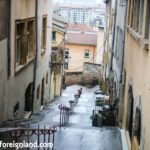
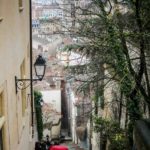

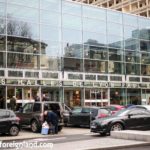



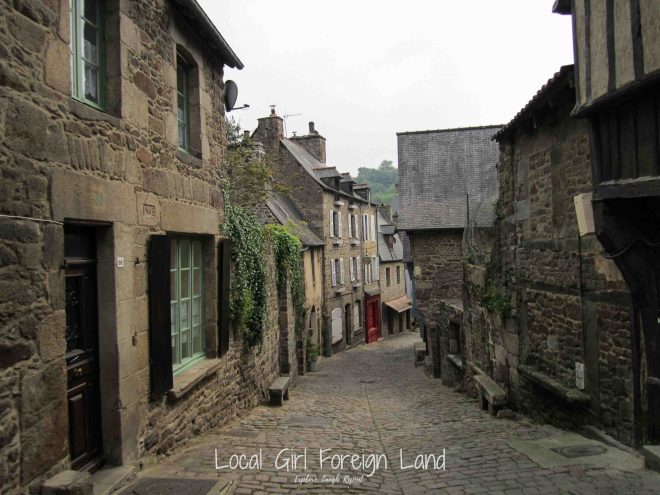
567 Comments
курсовая работа на заказ цена [url=http://www.kupit-kursovuyu-3.ru]курсовая работа на заказ цена[/url] .
написать курсовую на заказ [url=https://kupit-kursovuyu-4.ru/]написать курсовую на заказ[/url] .
бамбуковые электрожалюзи [url=www.prokarniz23.ru/]www.prokarniz23.ru/[/url] .
автоматические гардины для штор [url=www.elektrokarniz98.ru]www.elektrokarniz98.ru[/url] .